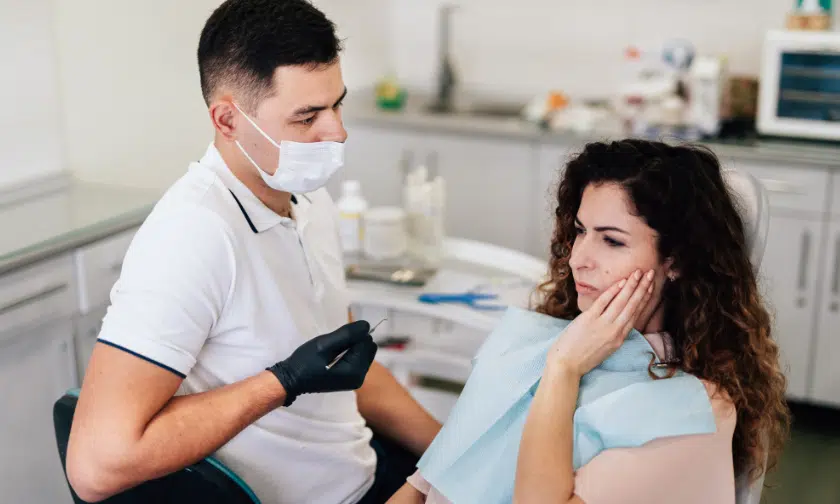
Dental emergencies can strike when we least expect them, and knowing how to handle these situations is crucial for minimizing pain and preventing further complications. Whether it’s a broken tooth, a knocked-out tooth, or sudden severe pain, understanding the basics of dental first aid can make a big difference. Here’s a guide to some of the most common dental emergencies and what you should do if they occur.
1. Toothache
A toothache is one of the most common dental emergencies. It can range from a mild discomfort to excruciating pain, often signaling an underlying issue such as tooth decay, gum disease, or an infection.
How to handle it:
- Rinse your mouth with warm water to clean the affected area.
- Use dental floss to remove any food particles stuck between your teeth.
- Take an over-the-counter pain reliever such as ibuprofen, but avoid putting aspirin directly on the tooth or gums, as this can cause irritation.
- If the pain persists for more than a day, contact your dentist to schedule an examination, as persistent pain may indicate a more serious issue.
2. Chipped or Broken Tooth
A chipped or broken tooth can happen due to an accident, chewing on something hard, or even grinding teeth at night. Depending on the severity, it can cause pain and expose the sensitive inner layers of the tooth.
How to handle it:
- Rinse your mouth with warm water to clean the area.
- Apply a cold compress to the outside of the mouth near the broken tooth to reduce swelling.
- Save any pieces of the tooth and take them to your dentist as soon as possible.
- Avoid chewing on that side of your mouth until you see a dental professional.
3. Knocked-Out Tooth
Losing a tooth due to trauma is a serious emergency, especially for adults. If handled correctly, there’s a chance the tooth can be saved and re-implanted.
How to handle it:
- Pick up the tooth by the crown (the top part), not the root.
- Rinse it gently with water if it’s dirty, but avoid scrubbing or removing any attached tissue fragments.
- Try to place the tooth back into its socket if possible. If not, keep it in a small container of milk or saliva to preserve it.
- Visit a dentist immediately. The faster you act, the higher the chance of saving the tooth.
4. Lost Filling or Crown
A lost filling or crown can leave the affected tooth vulnerable to further damage and discomfort.
How to handle it:
- Try to reattach the crown temporarily with dental cement (available at most pharmacies) or toothpaste.
- Avoid chewing on the affected side until you see your dentist to get the crown or filling properly replaced.
5. Abscess
A dental abscess is an infection that occurs at the root of a tooth or in the gum surrounding it. It can cause severe pain, swelling, fever, and even spread to other parts of the body if left untreated.
How to handle it:
- Rinse your mouth with warm salt water several times a day to reduce pain and draw out pus.
- Seek immediate dental care, as abscesses require professional treatment to avoid complications.
For more detailed guidance on pediatric dental emergencies, you can visit a specialized clinic for dentisterie pédiatrique Longueuil, where experts can assist with children’s dental care.
In conclusion, handling dental emergencies quickly and correctly is essential. While home remedies can alleviate symptoms temporarily, it’s important to visit a dentist as soon as possible to address the root of the problem.